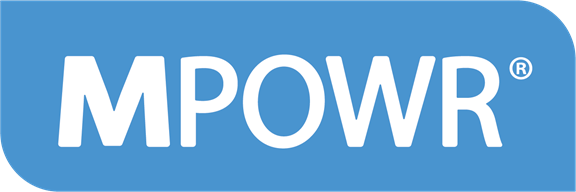
Why Active Listening is a Powerful Strategy Tool
November 9, 2020
Strategist Recommended Reading for The New Year
November 9, 2020Getting Sh*t Done!

This blog is part of our #StrategyNow series: Strategy Gets Us Through | Part 4
It’s funny… so much of our business, public and personal lives are based on the following processes. There’s a process for getting on-board with organizations that hire us. There’s a process for filing taxes with the government. Most people even have a fairly repeatable process they go through before going to bed at night.
And yet, are they necessary? Like, really necessary?
Watch the Video With CEO Peter Provenzano:
During a pandemic, when lives are on the line, speed is critical. And when time really needs to be collapsed, it’s incredible what can get done. All of a sudden, every procedure that seemed so important goes out the window in favor of completing the immediate task that could save lives and help countless people. Instantly, what needs to get done, gets done….like…now! Just ask anyone who works in an ER and has a patient who starts losing vital signs. It’s the same phenomenon.
And while very few people relish panic mode, there’s a lesson in all of this.
Recently a colleague from the healthcare world said of the pandemic, “It’s amazing what’s changed. What used to take a year to work through the organization, now takes a week.” Another from the supply chain industry said, “When we really need to get our hands on something, it’s amazing how quickly we can bypass steps that normally take a lot more time.” This begs the question, what things have we changed that we can hold on to going forward?
Free Strategic Readiness Assessment
The engineering world has a name for a tendency they run into called ‘creeping elegance’. Creeping elegance refers to designing a concept or a product for a customer need that morphs over time to create a product that has functionality that far exceeds the original need because, well,… why not? This same tendency to allow ‘elegance’ to creep isn’t restricted to the world of engineering, it’s present in all professions and practices.
There’s a need to follow the right steps, but there is also a need to regularly do an inventory of the processes we routinely follow to ensure that additional work hasn’t been added over time that isn’t necessary.
So what can we do going forward to learn from our crisis-state-of-efficiencies?
Three things seem to jump out:
- Do a post-crisis-state process analysis
- Identify what changed and why
- Identify what was an exception and needs to return to ‘normal’ what efficiencies could remain going forward
A Thorough Analysis
A good analysis takes each step from the new process and thoroughly documents it, continually posing questions like:
- What happened – step by step?
- What did we do?
- How did we expedite that?
- How did we prevent communication breakdowns?
- Who helped us?
- How were they able to do that?
- What was eliminated and why was it eliminated?
Read The Seven C’s of Pandemic Perseverance
This is the time to ‘get into the weeds’ about what exactly happened. Because it is in the weeds that you will find your new efficiencies. It may be tedious, but it’s work that can help you understand how the process changed. And it’s work that can identify places where creeping elegance was bypassed for a process or an exchange that had to happen much faster. Which leads to the next thing that is helpful to do.
What or Who Caused The Process To Change and What Was The Effect?
If a timeline was collapsed, how? What caused the change? Was it the pressure of the situation or was it because there was a step that wasn’t needed? Was it a matter of extra money that was spent in order to make things move faster? Who had to spend extra money or extra time to accomplish the task? What was sacrificed for expediency? What might be the long term effect of this sacrifice? The most important thing the exceptions, what caused the exceptions, and how they made a difference.
What Can Be Retained?
The final set of questions to pose is, what can be retained when things are not urgent? Is it sustainable from capital or human resource perspective? What is reasonable to expect people to be able to do post-emergency? No organization can sustain a panic level over a period of time. It’s not realistic. But some can make adjustments based on where you have identified unnecessary steps that can be collapsed in a new process. It’s not sustainable to pay extraordinary premiums to expedite a process, product, or service on a daily basis. But it is reasonable to ask, do we need to do this step that didn’t add value? Is there an efficiency we can gain over time as a result of examining our new process?
One of the most compelling attributes of human beings is our collective ability to adapt. While we have the rigid among us who keep us from descending into chaos, we have the flexible who question when we need to change to be more efficient in how we do things. We are a resilient species with a variety of different individual talents who are always looking for new ways to accomplish things.
And even in our darkest of hours, we manage to learn a few good lessons.
Stay safe, stay healthy, and learn new ways to do old things so you can Get Sh*t Done!
If you haven’t already viewed blog parts 1-3 of our #StrategyNow series below:
Part 1: Personal Strategy Dos and Don’ts



